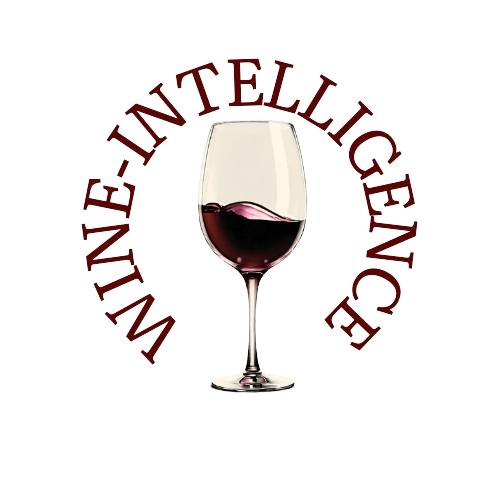In March 2025, U.S. wine imports continued their upward trajectory in value terms, reaching USD 7.07 billion over the previous twelve months—a 7.2% increase year-on-year.
However, this growth came with notable caveats. Volume rose by only 0.9% to 12.4 million hectoliters, indicating that higher prices—driven by a 6.2% rise in average price per liter to USD 5.71—are largely responsible for the value gains.
This data, released by consulting firm DelreyAWM on May 28, shows that while year-over-year growth appears healthy, monthly figures point to a marked deceleration. After a boom in December 2024 with imports soaring 29.5% in volume and 23.3% in value, subsequent months have seen a sharp cooldown. In January, volume grew 3.2% and value 24%; in February, volume rose 6.8% and value 15.9%; and in March, volume climbed just 2.2%, with value up 14%.
Tariff Concerns Sparked Import Rush
Industry analysts attribute the late-2024 spike to speculative buying triggered by Donald Trump’s re-election and ensuing concerns over potential tariff hikes on imported wines—especially those from Europe. Initially, there were fears of a 200% tariff increase. Though this threat was eventually reduced to a proposed 10%, the fluctuating rhetoric caused importers to front-load their inventories, artificially inflating import numbers in December and January.
With stockpiles now in place and policy direction still unclear, import activity has cooled, although higher average prices are sustaining overall value.
Sparkling and Bottled Wines Lead, Bulk Wines Lag
Not all wine categories are experiencing equal momentum. Sparkling wines remain a strong growth engine, with a 9.8% rise in value to USD 1.787 billion and a 19% jump in volume, reaching 2 million hectoliters. Similarly, still-sparkling bottled wines saw an 8.5% increase in value (USD 5.014 billion) and an 8.8% increase in volume.
However, bulk wines have taken a hit—down 25.3% in value and 19% in volume—affecting major exporters like Canada and Chile.
Country Performance: France, Italy, and Spain Shine; Chile and Australia Falter
France was the fastest to react to the tariff talk, increasing wine exports to the U.S. by 37% in Q1, though this cooled to 11.2% in March. Italy’s trajectory showed opposite momentum—up 16.6% in Q1, then accelerating to 22.5% in March.
Spain continues to hold its ground, ranking fourth in value and seventh in volume, with a 13.3% increase in value over the year, 15% in the last quarter, and 9.9% in March. In contrast, Chile’s March exports dropped nearly 25% year-on-year, while Australia also recorded declines.
Outlook: Premium Trend Holds as Market Eyes Policy Signals
Despite the slowdown in import momentum, U.S. wine buyers are increasingly focused on higher-value products, supporting ongoing premiumisation trends. However, uncertainty around trade policy and tariffs remains a key constraint, with importers acting cautiously.
Unless there is greater clarity from the U.S. administration, import dynamics may remain conservative in the coming months. For now, the industry is navigating a balancing act between protecting margins, managing inventory levels, and preparing for possible regulatory shifts.
Source: Vinetur

